Artículo sobre la última residencia del actor: on East 61st Street.
 The online listing for the property at 217 East 61st Street states, “Lovely four story, sun-filled 18’ wide single family townhouse in the Treadwell Farm Historic District has most of its original details intact,” and sets the price at $5.5 million. Only in tiny type does it add that this was the house Montgomery Clift bought in 1960 (that he died here six years later doesn’t make it into the ad at all). Still, in the candle-burning fan-club world that surrounds Monty Clift, word of this particular house sale has spread fast.
The online listing for the property at 217 East 61st Street states, “Lovely four story, sun-filled 18’ wide single family townhouse in the Treadwell Farm Historic District has most of its original details intact,” and sets the price at $5.5 million. Only in tiny type does it add that this was the house Montgomery Clift bought in 1960 (that he died here six years later doesn’t make it into the ad at all). Still, in the candle-burning fan-club world that surrounds Monty Clift, word of this particular house sale has spread fast.Though he doesn’t quite have the status of Brando or Dean, Clift was the other great fifties rebel star, best remembered for From Here to Eternity and A Place in the Sun. He was also a deeply closeted figure whose double life kept him unhappy, drinking, and drugging, especially in his final years. (A 1957 car accident that wrecked his matinee-idol face and his career didn’t help.) Marilyn Monroe, who co-starred with Clift in The Misfits (pictured) and was a regular dinner guest at his house, called him “the only person I know who’s in worse shape than I am.”
This is the first time the house has been on the market since 1966, when the current owners bought it from Clift’s estate. A walk through the rooms with Michelangelo Capua—author of Montgomery Clift: A Biography—and Stribling broker Lee Ann Jaffee revealed the house’s recent past. The owners never did all that much renovating, and the living quarters are still largely as Clift knew them—presentable but definitely well used. The stairs creak; many original details are basically untouched. The built-in bookshelves he ordered are still there. So is the teak bar he built, a little thing with just enough space for one movie star to stand while mixing vodka cocktails. Capua ducked into the bathroom to look for the giant cabinet Clift installed for all his pills, but it’s long gone. For Capua, in fact, the tour invited déjà vu: Many of the subjects he interviewed for his book spoke about time spent in this house. A secretary had gone through the closets, to see if Clift had any women’s clothes stashed away. (He did.) One of the actor’s lovers, the late Ben Bagley, told of helping him paint the façade bright orange—now a faded ocher—and installing matching awnings that drew complaints from the neighbors.
The house has its own history beyond Clift’s few years there. President Theodore Roosevelt gave it to his daughter Alice as a wedding present in 1906, and Clift bought it from the Russian prince-in-exile Serge Obolensky. And the neighborhood still houses a few celebrities: Sally Jessy Raphael, Nick Ashford of Ashford & Simpson, and Bill Cosby all own property on the same block. Still, it’s the kind of place that—if it weren’t a four-story townhouse with a huge double parlor, private garden, seven working fireplaces, and five and a half bathrooms—would be relatively undistinguished, just your basic battered brownstone. And that means it’s unlikely to stay as it is. “I’m almost sure, unless a Monty fan buys it, that a new owner will do so much renovating that all the original features will disappear,” Capua said on the way out.
There’s not much left of the neighborhood Clift knew, either, though his restaurant of choice, the Isle of Capri, is still in business around the corner on Third Avenue. But one thing might finally make its appearance with a respectful renovation: a plaque reading MONTGOMERY CLIFT LIVED HERE 1960–1966, which Clift’s mother stipulated be installed when she sold the house. It’s nowhere to be seen—stolen long ago, presumably by a fan.
By Charles Casillo
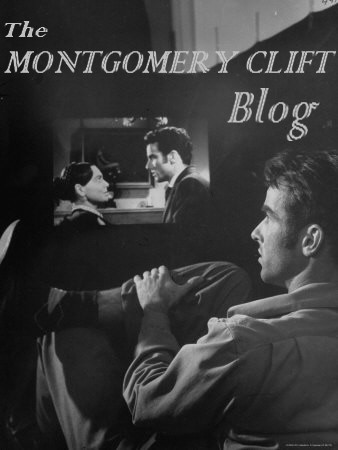



.-+albornoz+(4)+BLOG.jpg)
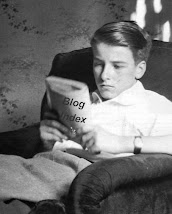
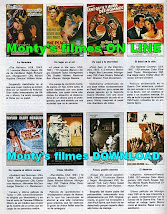


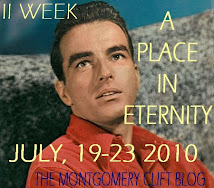












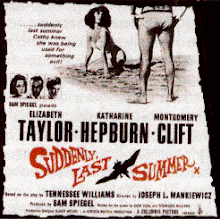






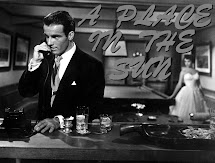2.jpg)
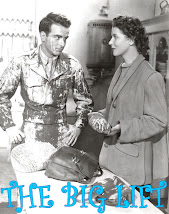.jpg)
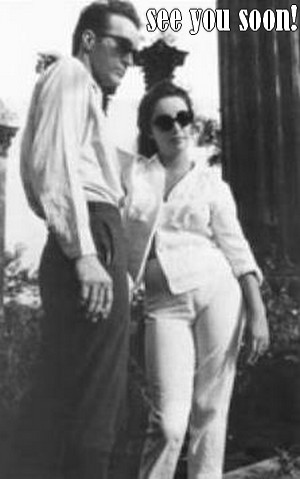

.jpg)


No hay comentarios:
Publicar un comentario